 My goal is to taste 52 older vintage (20 years or more, with an exception or two along the way) Canadian wines in a year and write about them good or bad for this series called #OldNiagara.
My goal is to taste 52 older vintage (20 years or more, with an exception or two along the way) Canadian wines in a year and write about them good or bad for this series called #OldNiagara.
I started with four extremely well-preserved Niagara wines that were eye-openers for me in the way they had aged so gracefully and still had a fair amount of pleasure to give. You can read those posts on this website, but today, here are four more older vintage wines — three from Niagara and one from B.C. — to delve into.
I have been lucky to taste these bottles that all come from a cellar that was designed to age wines under perfect conditions (cool, damp conditions). A well-thought out cellar gives older wines a fighting chance at aging as well as they possibly can. No wine will develop under sub-standard conditions, for example, warm, dry, exposed to sunlight, or constantly disturbed by vibration.
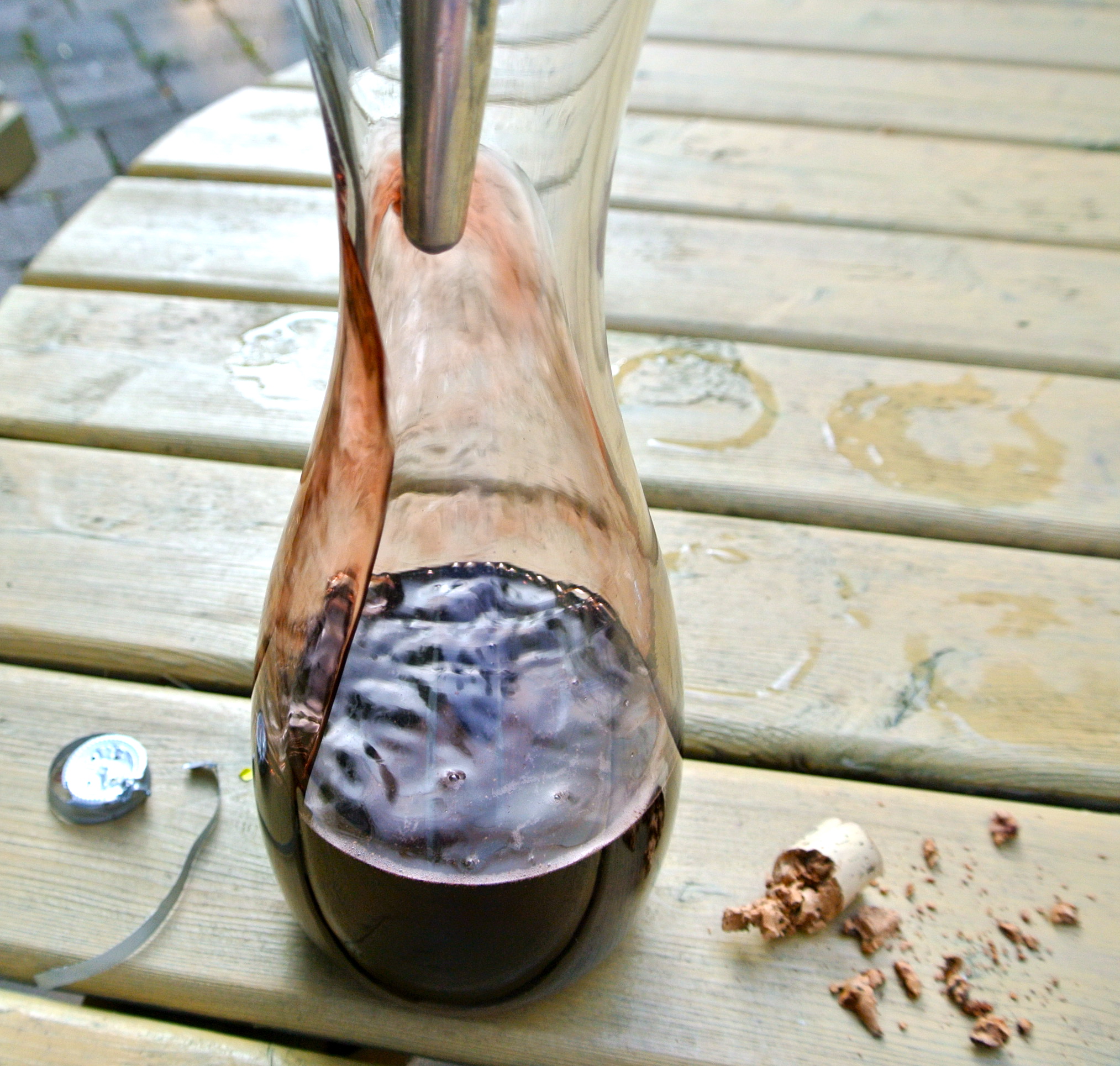 So, under perfect conditions, what is that drives these wines down the long road to a healthy future? It is obvious to me that sweet white wines have a better shot of longevity. All that residual sugar in combination with high acidity is the best natural preservative possible. But the best reds I have tried are mostly from highly tannic, warm vintages (warmth brings high fruit levels to keep up with the tannins) and also typically high acidity, which Niagara is in no short supply of.
So, under perfect conditions, what is that drives these wines down the long road to a healthy future? It is obvious to me that sweet white wines have a better shot of longevity. All that residual sugar in combination with high acidity is the best natural preservative possible. But the best reds I have tried are mostly from highly tannic, warm vintages (warmth brings high fruit levels to keep up with the tannins) and also typically high acidity, which Niagara is in no short supply of.
All this suggests that Niagara wines have a pretty good shot of aging well if kept under optimum conditions.
The big question for consumers is: do you like your wines old or young? Both have their pros and cons. A fresh, bright Riesling on a hot summer’s day can’t be beat. With age, say 10 or 20 years, it is less of a refresher and a much more complicated wine packed with nuances not found in youth. These unfolding flavours might be an acquired taste for new wine drinkers. On the red side, there is no question, in my mind, that age brings out the best in a wine. What might be a highly tannic (especially in warm vintages), highly acidic Bordeaux blend in its youth, will turn softer and more complex as it ages and offer balance and smoothness through the finish.
But in the end, it is personal preference that drives the pleasure you receive when aging your wines.
Here are four new-old wines in my series #OldNiagara.
Cave Spring Cellars Dry Riesling 1989
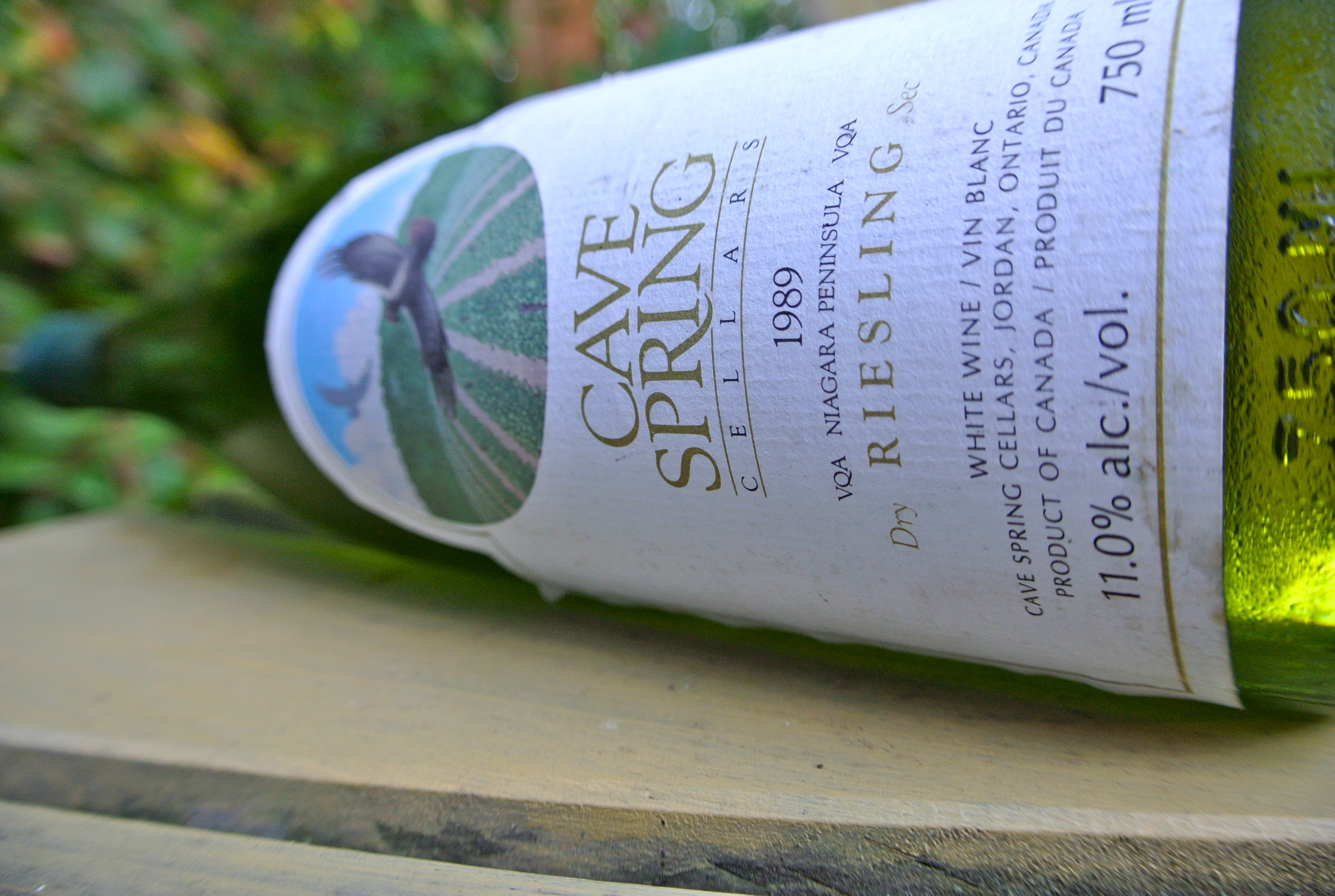 Cave Spring, of course, is no stranger to Riesling. It has always put that varietal at the top of its priority list and just might be the most famous Canadian Riesling producer in the country — the “CSV” Riesling garners international acclaim with each passing vintage.
Cave Spring, of course, is no stranger to Riesling. It has always put that varietal at the top of its priority list and just might be the most famous Canadian Riesling producer in the country — the “CSV” Riesling garners international acclaim with each passing vintage.
The “Dry Riesling” category wasn’t exactly popular back in the day, but Cave Spring always made one.
Today, Cave Spring describes its Dry Riesling like this:
“Within Niagara, the noble Riesling grape develops to its fullest potential only in specific areas. We have crafted this wine from selected vineyards throughout our region, where limestone-clay soils, elevation and moderating breezes from Lake Ontario have combined to produce an enticing dry Riesling defined by its crisp citrus character and steely acidity.”
In 1989, on one of the few “back labels” utilized in the early days, the Dry Riesling was described thusly:
“Made from grapes grown at selected vineyard sites located along a ten-mile stretch of the Beamsville Bench from Twenty Mile Creek in the east to the Thirty Mile Creek in the west.”

 This wine was in perfect shape when I opened it. No evaporation at all with perfect ullage. The cork was tightly sealed and came out of the bottle flawlessly with a regular corkscrew.
This wine was in perfect shape when I opened it. No evaporation at all with perfect ullage. The cork was tightly sealed and came out of the bottle flawlessly with a regular corkscrew.
The nose was muted at first, with faded petrol notes, lemon pie and lanolin aromas. But after swirling, it began to open up, revealing wonderful minerality, poached pear and apply-citrus notes.
While a tad fruit-challenged on the palate, with mellow citrus notes and mineral characters, there were interesting tertiary flavours of cardamom and jasmine adding to the package.
I went back to this wine the next day and found that it had improved in the refrigerator overnight and was still a delightful wine three days after opening it.
As an FYI, Konrad Ejbich, one of the only wine writers rating vintages in the 80s and 90s in Ontario, gave the dry Riesling category an 81 score out of 100.
Konzelmann Vidal Ice Wine 1991 (Niagara)
Quails’ Gate Late Harvest Botrytis Affected Optima
1991 (Okanagan Valley)
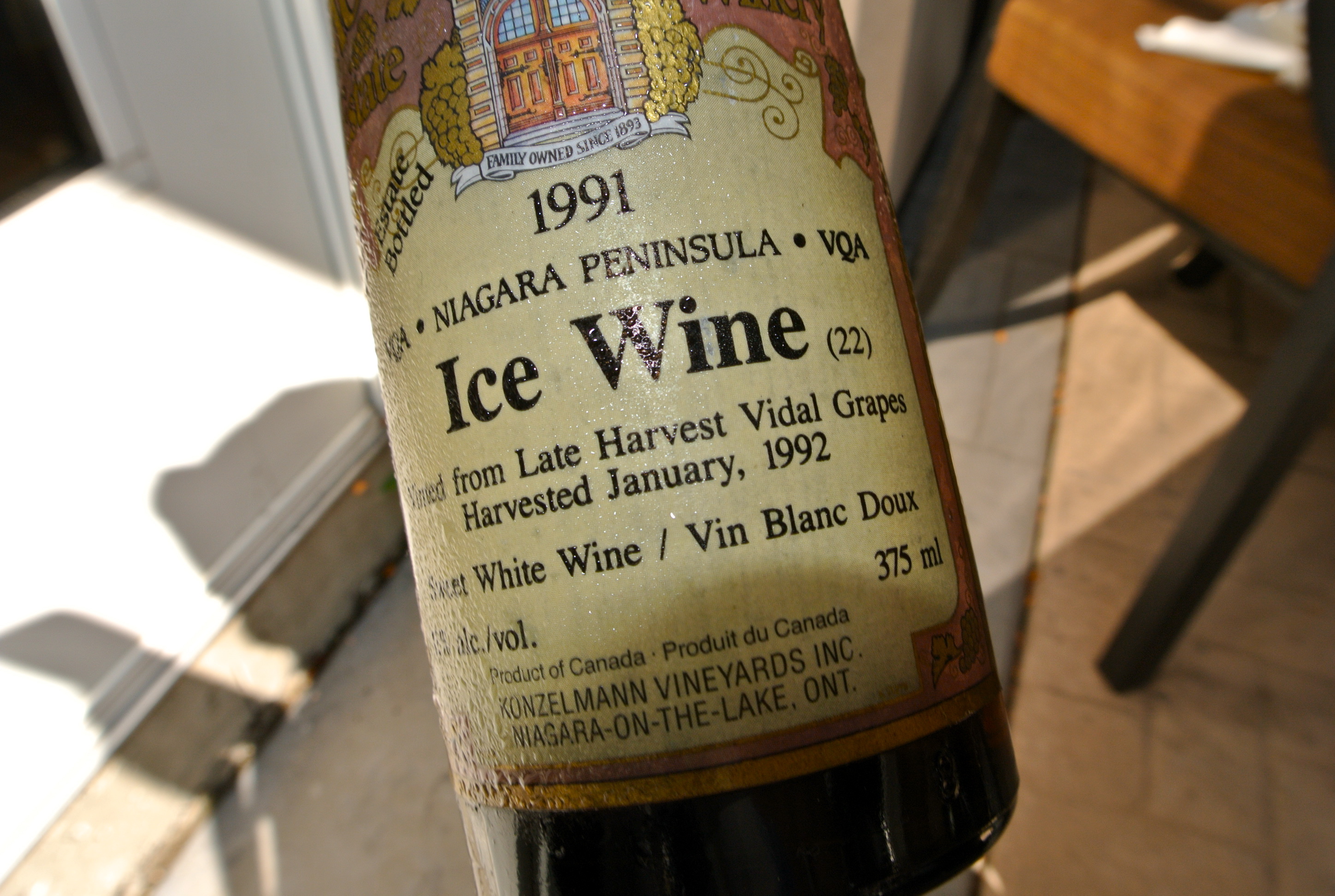 Konzelmann, a Niagara-on-the-Lake producer, has always impressed me with its aged icewines (note icewine was spelled different ways, in this case Ice Wine, until it was standardized later in the 90s). This is no exception.
Konzelmann, a Niagara-on-the-Lake producer, has always impressed me with its aged icewines (note icewine was spelled different ways, in this case Ice Wine, until it was standardized later in the 90s). This is no exception.
I tasted this with winemaker Craig McDonald beside a Joh. Jos. Prum Wehlener Sonnenuhr Riesling Auslese 1988 from Germany, and a Quails’ Gate Late Harvest Botrytis Affected Optima 1991 from the Okanagan Valley.
Both the Canadian sweet wines bested the very good German Riesling, in my opinion.
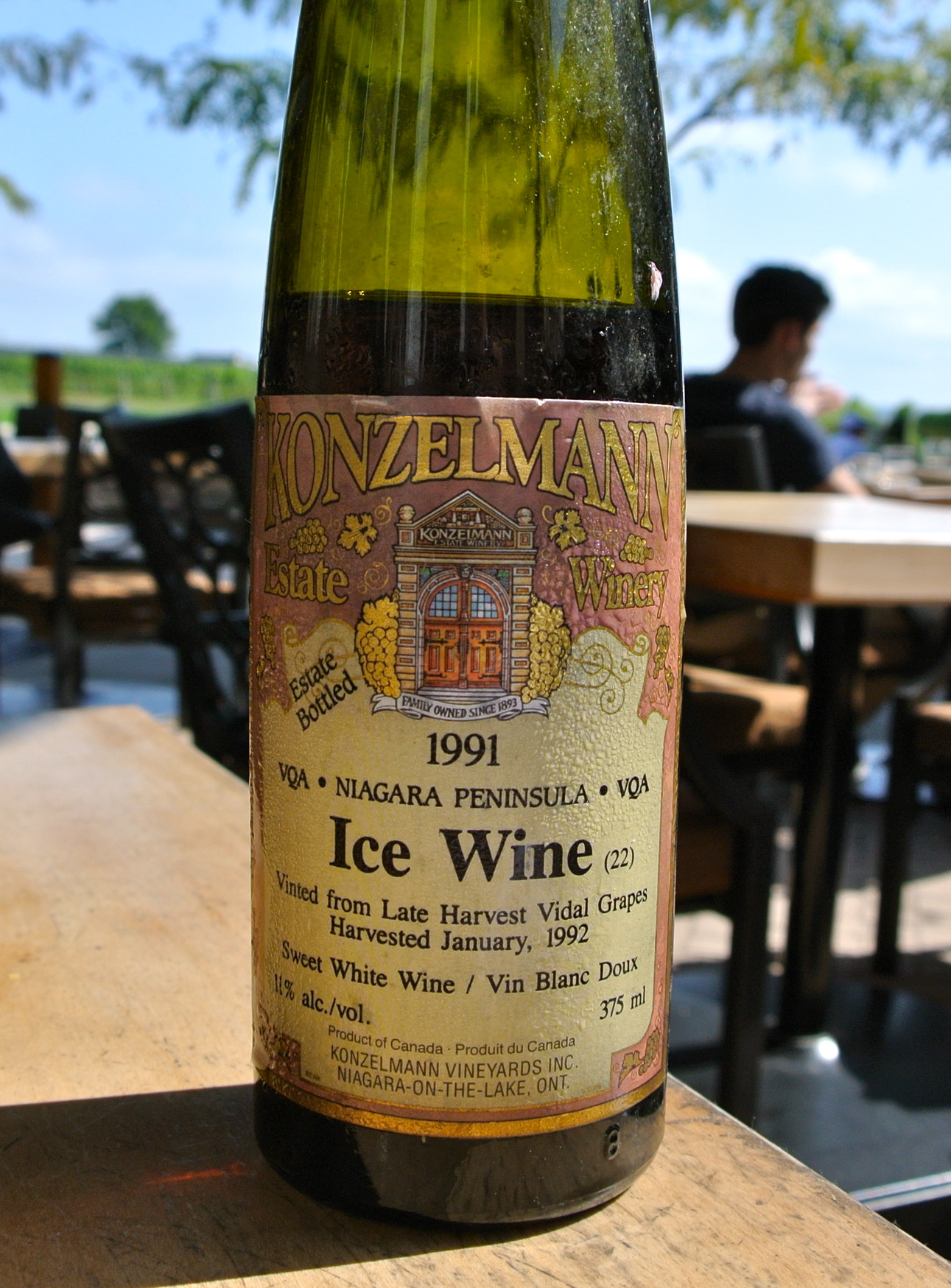 The Konzelmann icewine had rich, lush flavours of apricot preserve, honey, penetrating layers of orchard fruits and a lively finish. So delicious at this stage and nowhere near done with its life.
The Konzelmann icewine had rich, lush flavours of apricot preserve, honey, penetrating layers of orchard fruits and a lively finish. So delicious at this stage and nowhere near done with its life.
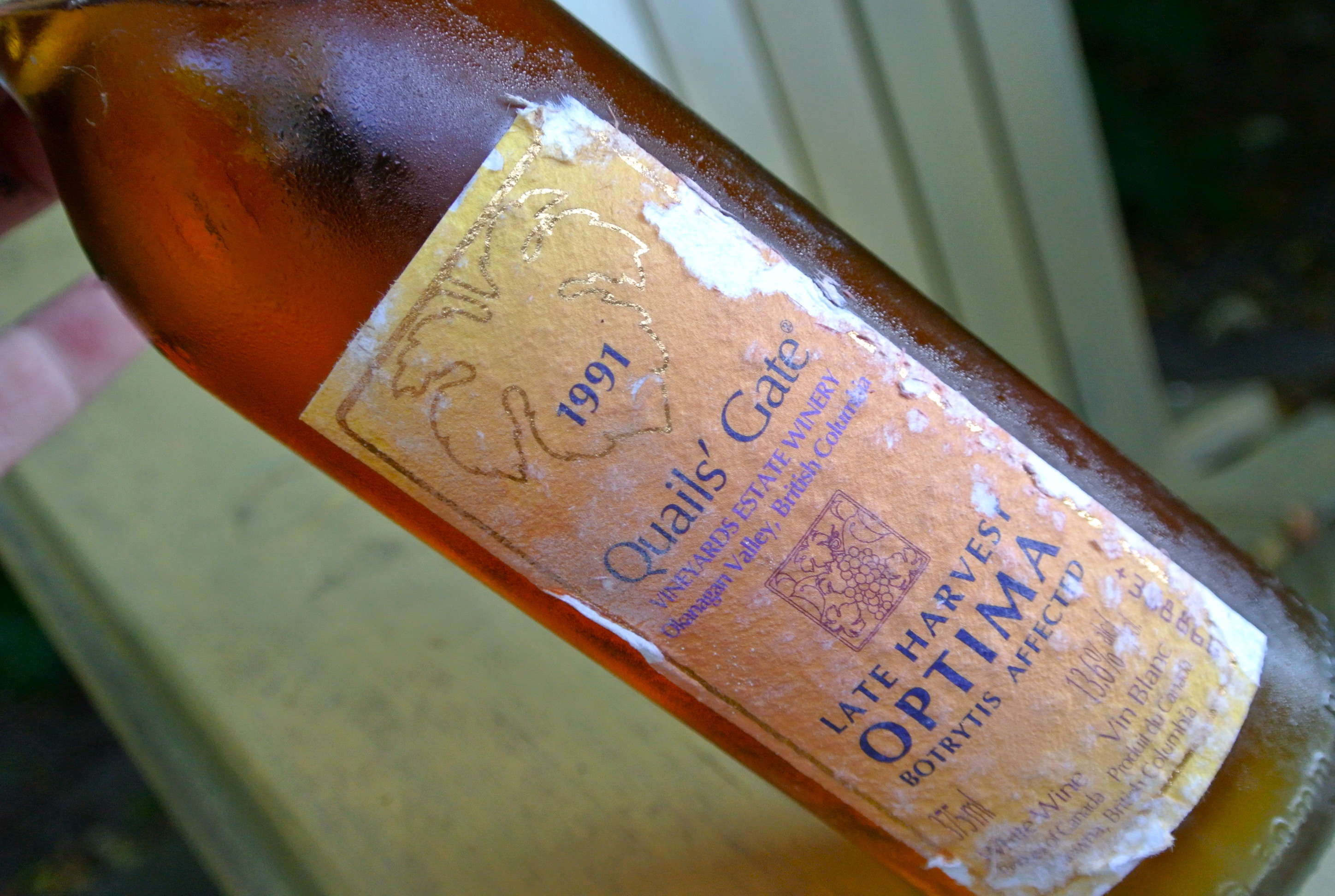
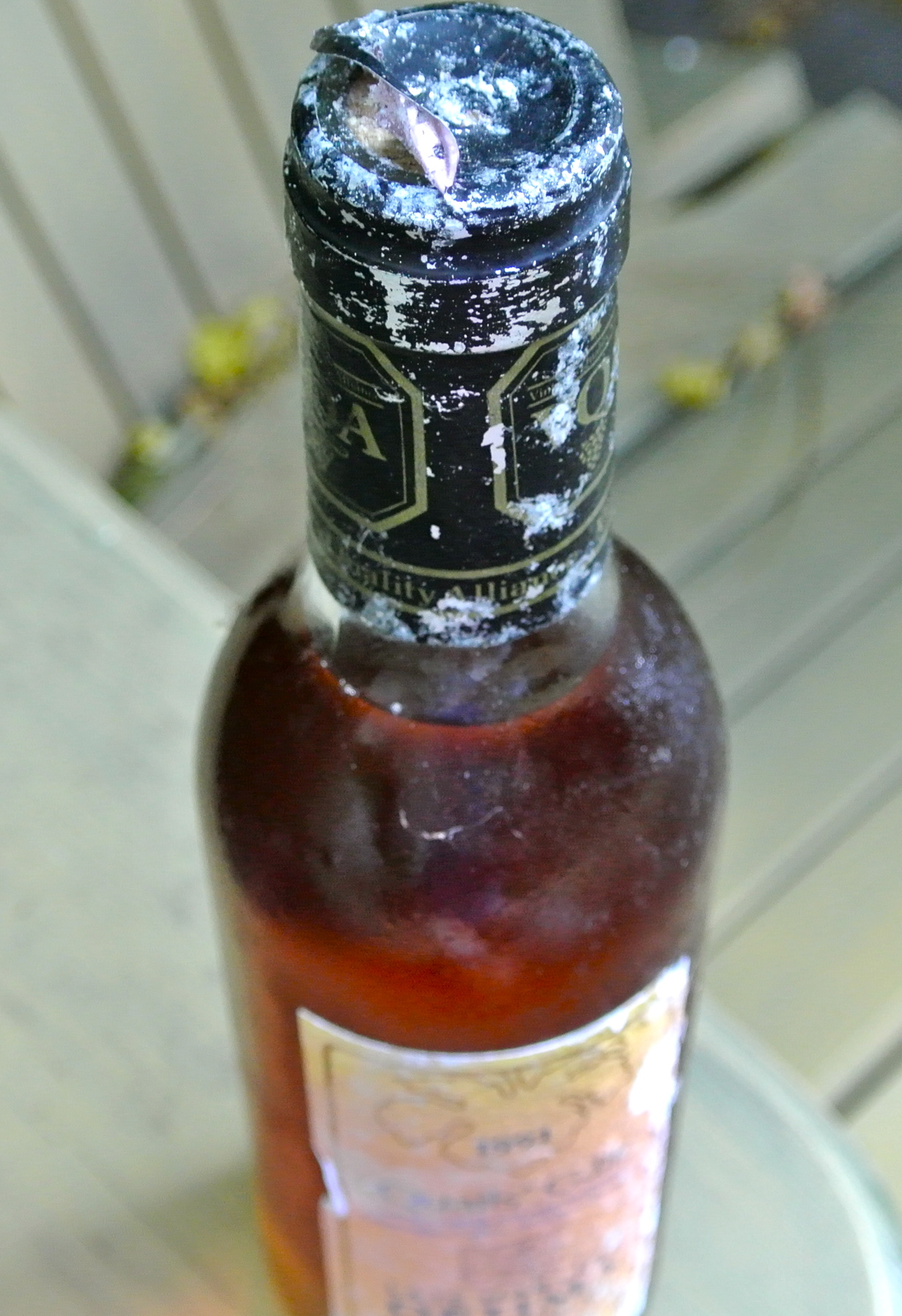
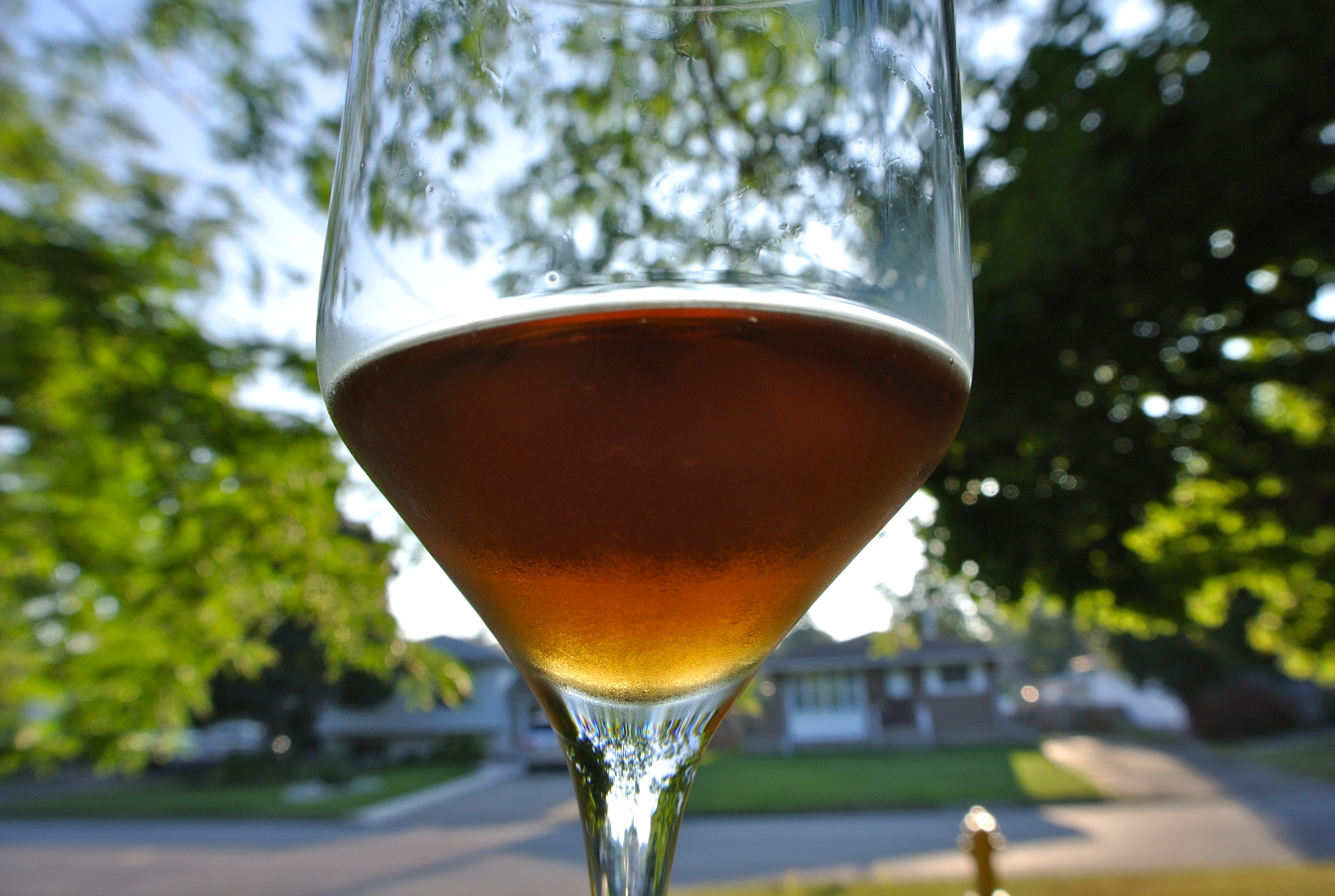 Quails’ Gate is famous for this late harvest, quirky varietal Optima, known as “Ambrosia” or “nectar of the gods.” Made in the classic Sauternes style, it is elegant, rich, sweet and concentrated in its youth. But, with a little age, oh wow.
Quails’ Gate is famous for this late harvest, quirky varietal Optima, known as “Ambrosia” or “nectar of the gods.” Made in the classic Sauternes style, it is elegant, rich, sweet and concentrated in its youth. But, with a little age, oh wow.
It is like silk on the palate, dripping with wild honeycomb, pureed tropical fruits, marmalade and caramel notes that were just emerging. Such a sensational experience to try one this old and discover its hidden charms.
Stonechurch Vineyards Reserve
Cabernet Sauvignon 1997
 The Hunse Family, the owners and operators of Stonechurch, have farmed at the current location since 1955. From humble beginnings, two young Dutch immigrants, Lambert and Grace Hunse, grew the business, taking the farm through multiple phases. The first years of farming were the truck-farming years, with tomatoes, cucumbers, asparagus and strawberries as the main crops. At the same time, Lambert built his first poultry barn.
The Hunse Family, the owners and operators of Stonechurch, have farmed at the current location since 1955. From humble beginnings, two young Dutch immigrants, Lambert and Grace Hunse, grew the business, taking the farm through multiple phases. The first years of farming were the truck-farming years, with tomatoes, cucumbers, asparagus and strawberries as the main crops. At the same time, Lambert built his first poultry barn.
Once the family was more established, the farm was planted to fruit trees and grapes. The farm had extensive holdings in peaches, cherries, pears, and plums. The poultry side of the business grew as well, as more barns were built to meet the growing demand of the Ontario market.
In 1989, two years before this wine was made, Stonechurch Vineyards emerged from Hunse Farms as a small winery. Due to its success, the fruit trees were replaced with grape vines, and now, the entire farm of 76 acres is planted to grapes. The poultry side of the business was sold off to allow full attention to be paid to the winery.
In the past three years, Stonechurch Vineyards has undergone some substantial changes, not the least of which is the name, now Small Talk Vineyards. Thomas Laszlo is the new winemaker, and they have invested heavily in new harvesting equipment, as well as winemaking equipment.

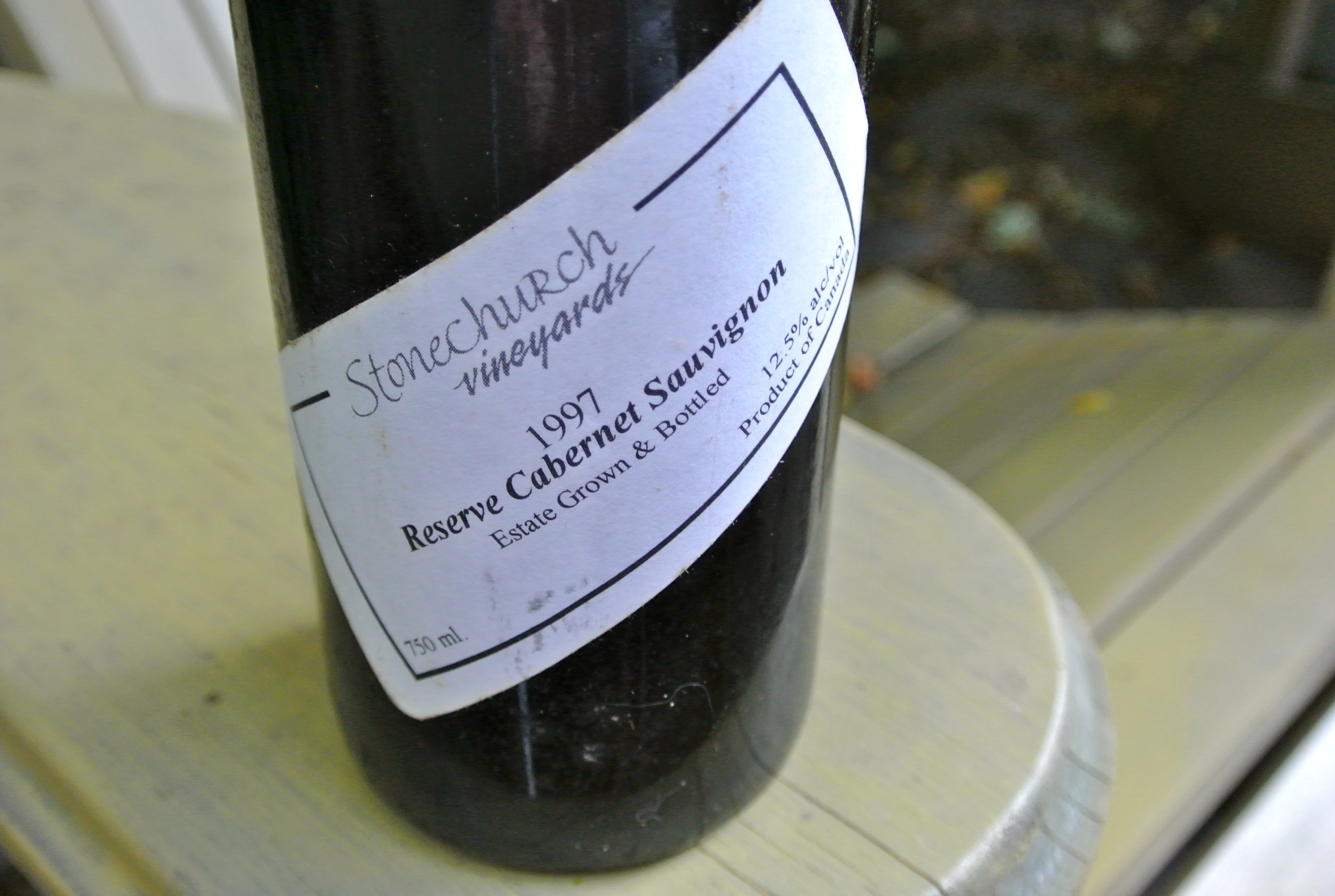
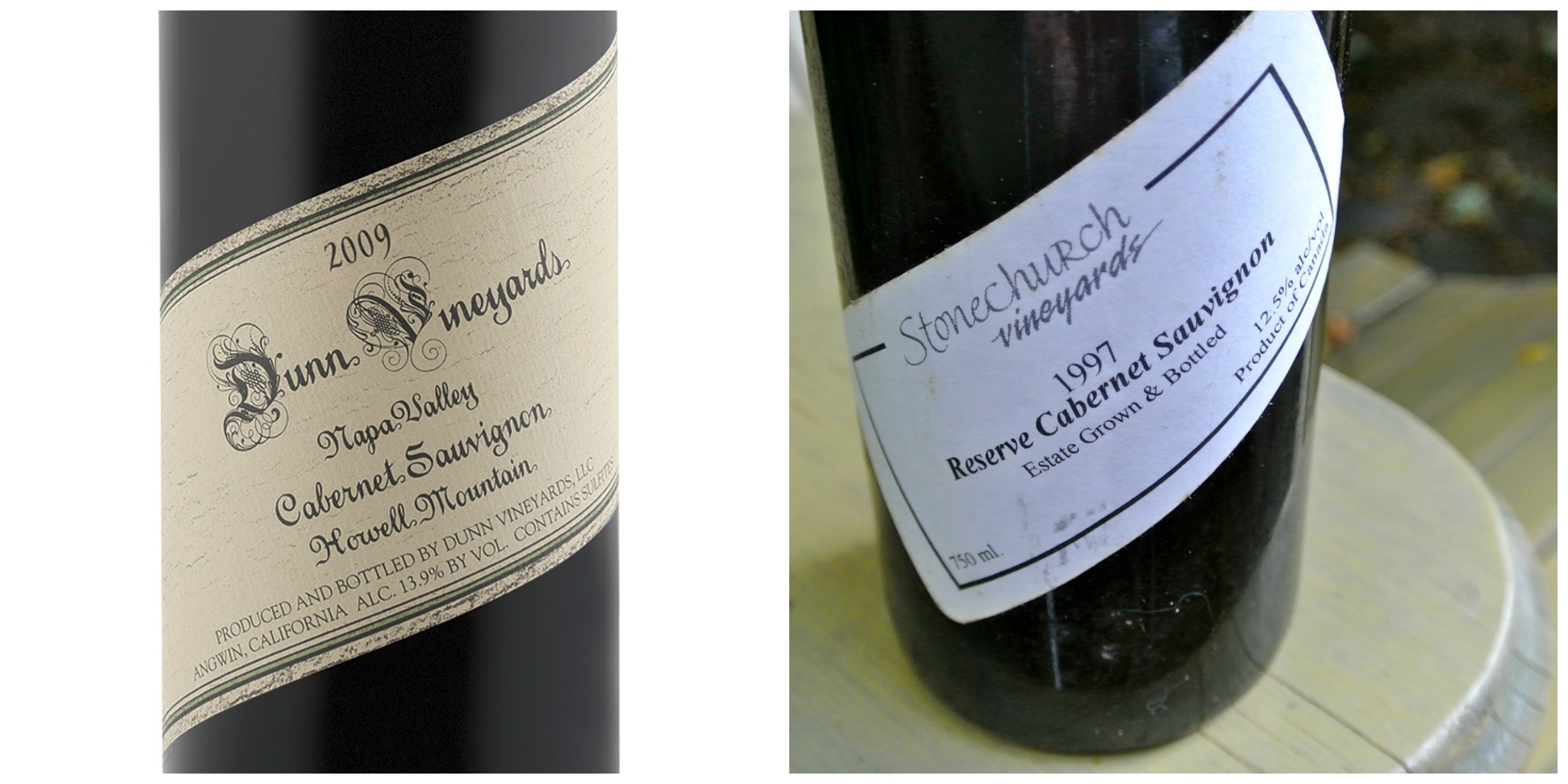 This is one the youngest wines I have included in this series and, as it turns out, had one of the worst corks that I encountered with these old treasures.
This is one the youngest wines I have included in this series and, as it turns out, had one of the worst corks that I encountered with these old treasures.
The cork disintegrated in the bottle and the larger chunks had to be pushed through the bottleneck and than strained into a decanter. The wine looked cloudy and I am just not sure if it was from cork dust or if it was bottled unfined and unfiltered.
Regardless of all that, it had lovely aromas of forest floor, baking spices, blackberry jam, currants and subtle notes of caramel.
It was charming on the palate with still lively tannins, maraschino cherries, ground spices, sandalwood and decent acidity. All these wonderful flavours, unfortunately, faded quickly when I retried this wine the next day. It became flat and almost metallic-tasting after leaving it covered in the decanter over night.
I can only imagine that this was a wonderful wine upon release and maybe for 10 years after. If you have any left, you should drink it up quickly.
As a curiosity, the label of this wine looks remarkable similar to the famous Napa Valley producer Dunn Vineyards. I have know idea which came first.






Comment here